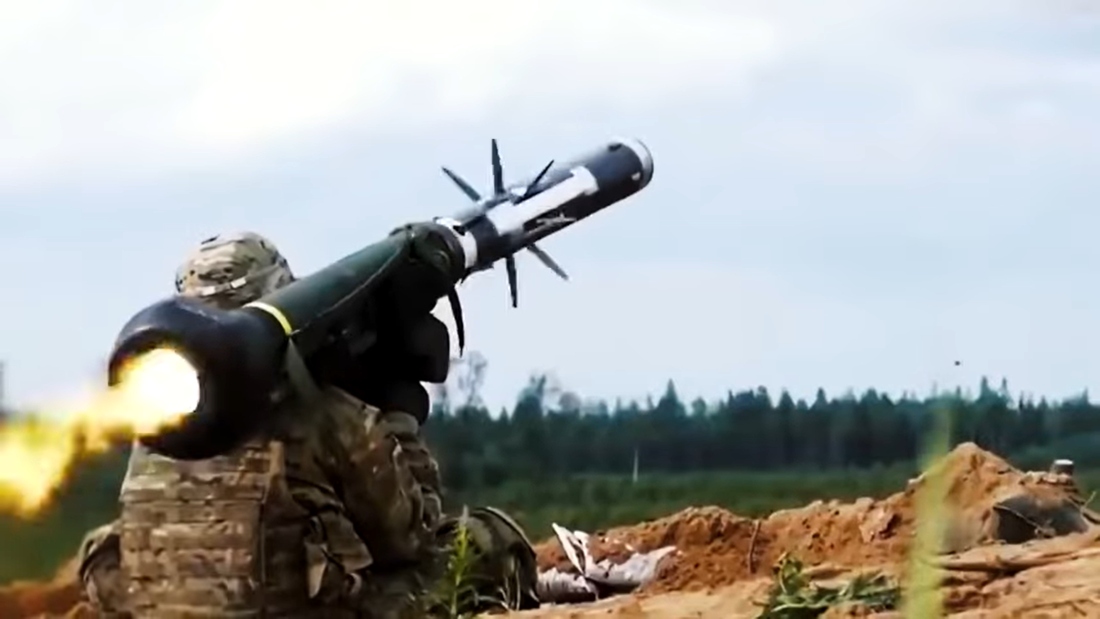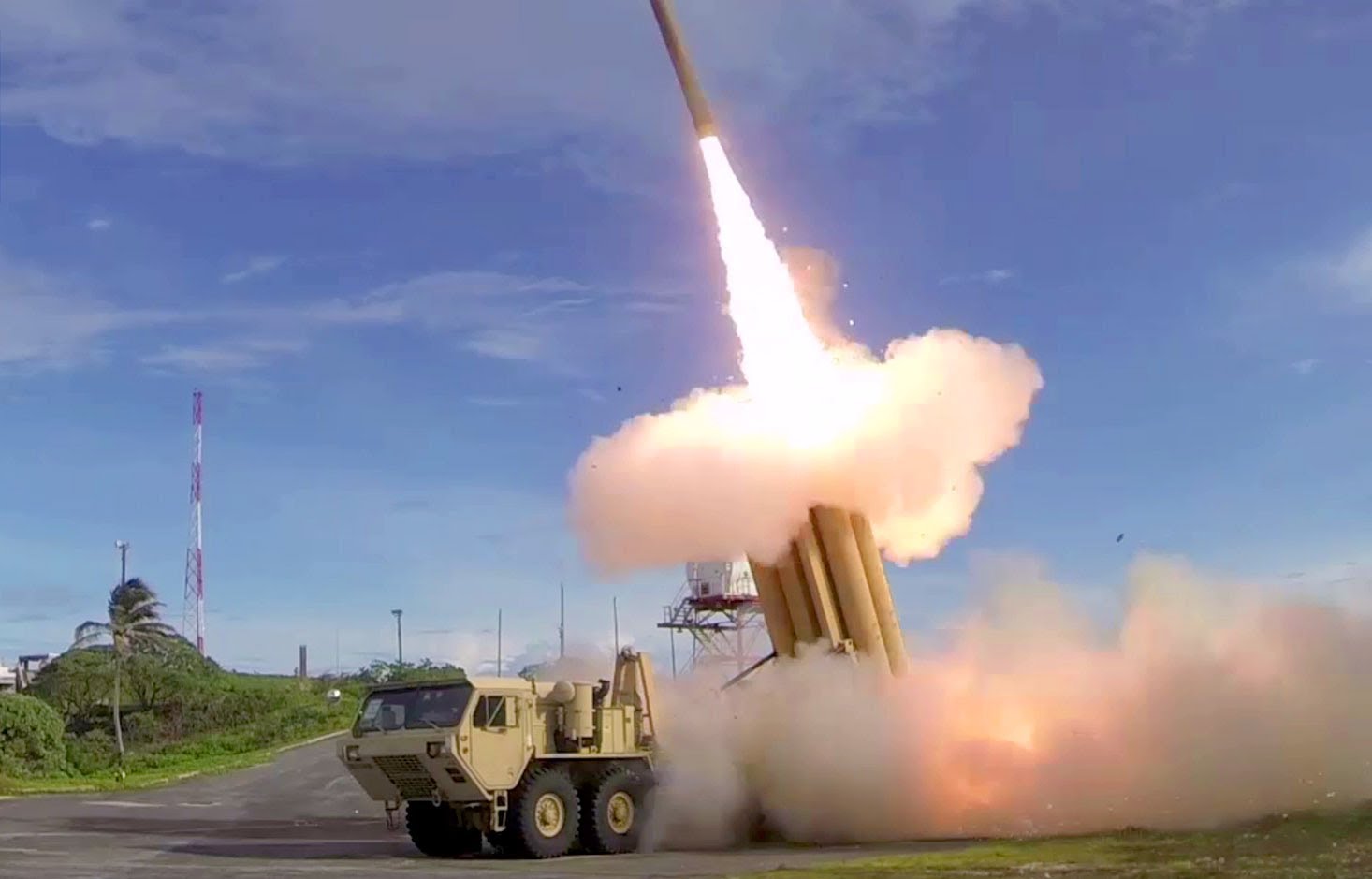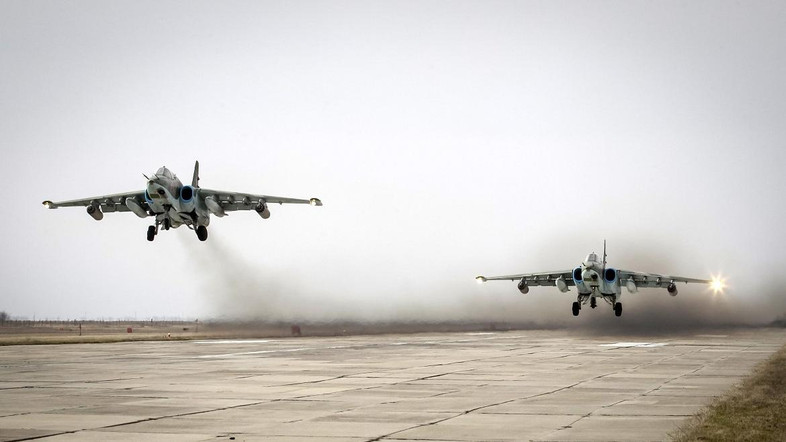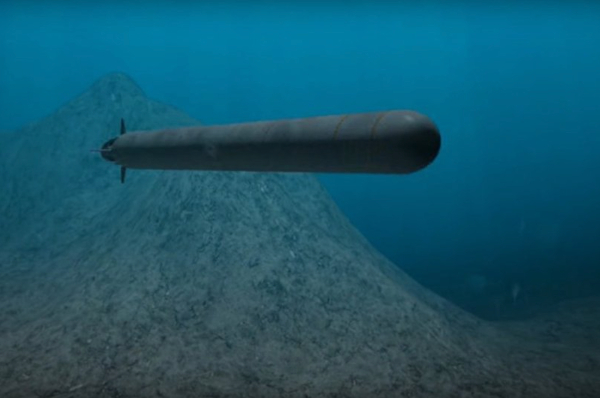U.S. Army to test a “strategic, long-range cannon” by 2023
12/13/2020 / By Michael Alexander

The U.S. military may soon be able to shoot projectiles over a distance spanning 1,150 miles – roughly the same amount of space between Nashville, Tennessee and New York City – using a powerful long-range cannon.
In an interview with Defense News, Brig. Gen. John Rafferty, director of the U.S. Army‘s Long-Range Precision Fires Cross-Functional Team, revealed that the military is set to demonstrate a prototype of the weapons system as early as 2023.
The cannon system, Rafferty said, can be used to combat defensive systems such as those of China and Russia. Both countries use a combination of long-range air defense systems, artillery and coastal defenses, as well as long-range, over-the-horizon radars. Both have invested more than $215 billion in military operations combined. China, for example, has claimed that it has about 2,500 ballistic missiles in its arsenal, including one of the world’s most powerful weapons, DF-41.
“That integrated system challenges even our most sophisticated aircraft and challenges our most sophisticated ships to gain access to the area,” he said, adding that the cannon system, once it is developed and perfected, can deliver surface-to-surface fires that can then penetrate the mentioned layered enemy defense systems.
This surface-to-surface launch capability, Rafferty said, could prove beneficial if positioned in strategic areas such as the Pacific island chains.
Tests will determine if long-range cannon program can move forward
The U.S. military has partnered with both the Research and Analysis Center at White Sands Missile Range in New Mexico and the Center for Army Analysis to check the performance of the prototype. This team, Rafferty said, will be the one to determine if the program gets to move forward.
According to Rafferty, the cannon system will go through a series of “technology gates,” noting that the first one — which is said to be early ballistics tests at the Naval Support Facility in Dahlgren, Virginia — is set to be completed “very soon.”
If the program passes through that first gate, Rafferty said, a report will be sent to Army leadership for approval. (Related: NASA-Space Force agreement may pave the way for a military moon base.)
Rafferty stated that each of the technology gates allows them to assess if the cannon system — or any other weapon being developed for that matter — is meeting lethality and cost goals.
“This idea of volume and affordability and lethality is first and foremost in our minds,” Rafferty said.
Army Chief of Staff Gen. James McConville agreed, noting that while the Army does welcome innovations pertaining to advancements in weaponry, protocol states that the capabilities of these weapons must be up to par before they are allowed to be fully developed and produced.
“What they have to do is demonstrate the capability at each phase along the way. And if that doesn’t happen, we are not doing it,” he added.
Aside from the long-range cannon system, the U.S. military is also pursuing plans for other precision munitions, such as a hypersonic weapon and new strike missiles.
For more stories and articles about the military and military technology, visit NationalSecurity.news.
Sources include:
Submit a correction >>
Tagged Under:
cannon, long-range weapons, militarization, military, military tech, military technology, military weapon, military weapons, national defense, national security, US defense, weapons, weapons technology
This article may contain statements that reflect the opinion of the author
RECENT NEWS & ARTICLES
COPYRIGHT © 2018 MILITARYTECH.NEWS
All content posted on this site is protected under Free Speech. MilitaryTech.news is not responsible for content written by contributing authors. The information on this site is provided for educational and entertainment purposes only. It is not intended as a substitute for professional advice of any kind. MilitaryTech.news assumes no responsibility for the use or misuse of this material. All trademarks, registered trademarks and service marks mentioned on this site are the property of their respective owners.





















